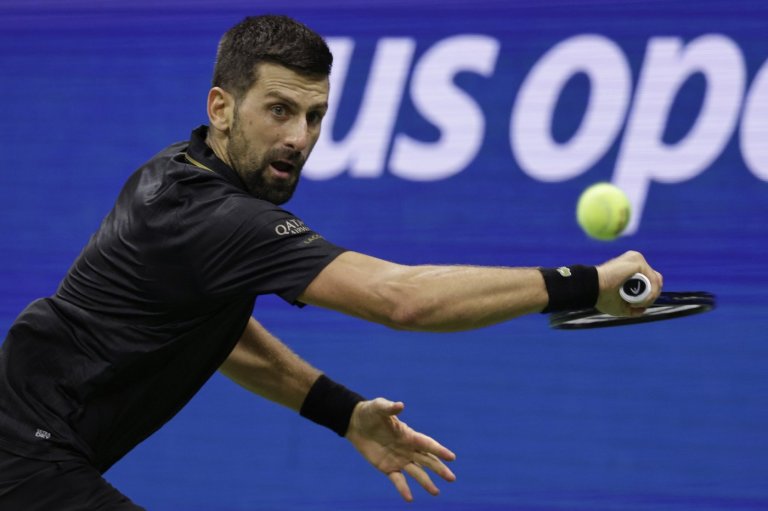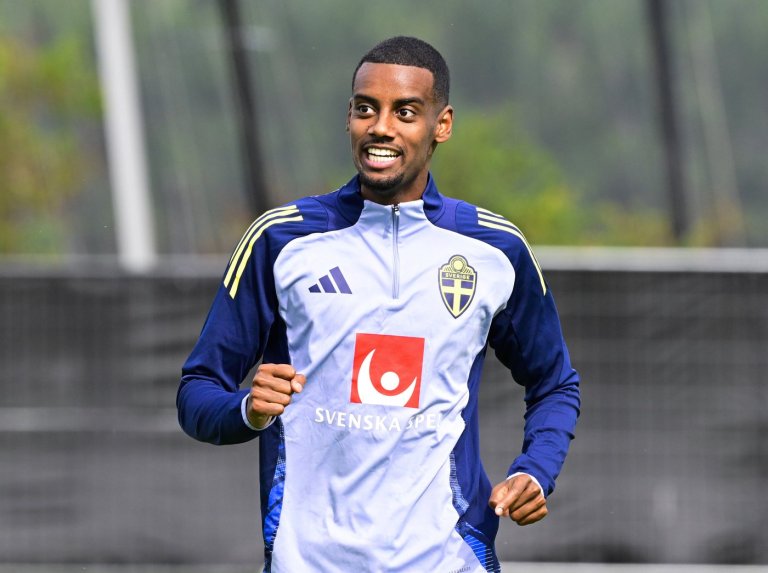
Mikaela Shiffrin, fellow ski racers, clear mental hurdles after traumatic injury at their own speed
SAALBACH-HINTERGLEMM, Austria (AP) — From a physical standpoint, Mikaela Shiffrin is back to her winning form after a serious crash.
From a mental standpoint, there remains work to be done.
That’s why Shiffrin sat out the giant slalom event Thursday at the world championships two days after taking gold in the team combined event. The two-time Olympic champion revealed she’s suffering from post-traumatic stress disorder after a fall in a giant slalom race on Nov. 30 in Killington, Vermont, where something punctured her side and caused severe trauma to her oblique muscles.
She’s just not ready to tackle the GS yet. There’s no concrete roadmap when it comes to getting over an emotional hurdle — or a definitive timeline. Each ski racer processes a traumatic event — whether it results in a torn ACL, severe laceration, back injury or broken bone — at their own speed.
“Because when you go through a trauma event and that part of your brain gets shut down, it can’t make sense of what happened. So your brain is left with this puzzle memory of, ‘Whoa, what happened there?’” explained Ben Foodman, a psychotherapist and performance specialist who has no ties with Shiffrin but has worked with professional race car drivers, Major League Baseball players, Olympians, NFL players and PGA golfers to help them navigate mental health concerns.

“If you’re not gentle and you’re not going at a pace that they can tolerate, then sometimes what can happen is they can feel like they’re right back in that experience,” Foodman added.
Italian Olympic champion Sofia Goggia knows the feeling. She was returning from a serious knee injury and was gripped by anxiety as she trained on the glacier in Soelden, Austria, three months ago.
“I was full of fear,” Goggia said. “But then when I went to Copper Mountain (Colorado) and started training downhill again, I was fine after 10 days and realized that I was fast again.”
In Shiffrin’s case, the slalom didn’t invoke the fear factor like the giant slalom, which is typically a faster race. So she competed in the slalom portion of the team combined event as Breezy Johnson took care of the downhill portion. They won ,and Shiffrin, winner of 99 World Cup events, looked every bit like her old self.
But the trauma from her GS crash still lingers. Whatever pierced her that day when she fell nearly punctured her abdominal wall and her colon. Shiffrin was “a millimeter from pretty catastrophic,” she said.

In her return to on-snow training, Shiffrin experienced a similar situation as when she fell. But she stayed on her skis and thought it might be a remedy to expel her fear.
It wasn’t that simple.
“Once you get on snow, you’re thinking then it’s going to be fun, and then my passion is going to outweigh any hard things and it’s going to (be) step-by-step and we’re just going to get there,” Shiffrin said. “But there’s so many variables to skiing that it’s just not that easy.
“Like, I’m supposed to dive into this turn, no holds barred, but I’m just supposed to do it and I don’t want to do it. I don’t want to put my skis on edge. That’s scary, and it takes time.”
To give an illustration of the brain’s vast complexity, Foodman explained that all the neurons and synaptic connections are like filling eight Olympic-sized swimming pools with grains of sand — with each grain representing one connection.

“If you’re going to stay in sports … you’re going to constantly, voluntarily experience stress tests,” Foodman said. “The more you surround yourself with that kind of stress, the more likely it is that you’re going to re-experience some unwanted things.”
For Johnson, there were struggles in her return from a second knee injury.
“When you’re not skiing, you think about all the fun parts of skiing and you’re like, ’I miss this so much,'” said Johnson, who won the downhill at the world championships last weekend. “And then you get back to it and you remember also all the hard parts of skiing.
“The thing that I know having been through it three different times, is that every time is different and every person is different.”
Two-time Olympic champion Ted Ligety dealt with back issues over his career. He sometimes knew going into a race that certain sections of a course would cause him immense discomfort and a particularly risky run could mean days of recovery.

“I was pretty good at clearing my mind and executing and doing what I already knew how to do,” said Ligety, the retired ski racer who won five gold medals at world championships. “It’s hard to find that balance of being cognizant of (an injury) so you can protect it and also letting yourself ski free.”
Lindsey Vonn, who returned this season after nearly six years of retirement, shares a similar sentiment.
“I have always kind of approached crashing the same way: It happened. I can’t change it. I watch my video. I learn what I did wrong, what I could have maybe done better, and I move forward,” Vonn explained. “The easiest way for me to get over a crash is just to keep skiing. Like I fell off a horse and I got back on the exact same horse three weeks later. That’s just how I process things.”
Every ski racer recovers in a different way and on a different path.
“You want to become more comfortable with the discomfort,” said Foodman, who recommends the book, “The Body Keeps the Score: Brain, Mind, and Body in the Healing of Trauma,” by Bessel van der Kolk to athletes he counsels. “Instead of trying to ignore those feelings, let’s fully feel those feelings. Let’s explore the depth of those feelings and get you comfortable with that.”








___
Graham contributed from Denver.
___
AP skiing: https://apnews.com/hub/alpine-skiing
Join the Conversation!
Want to share your thoughts, add context, or connect with others in your community?
You must be logged in to post a comment.
















